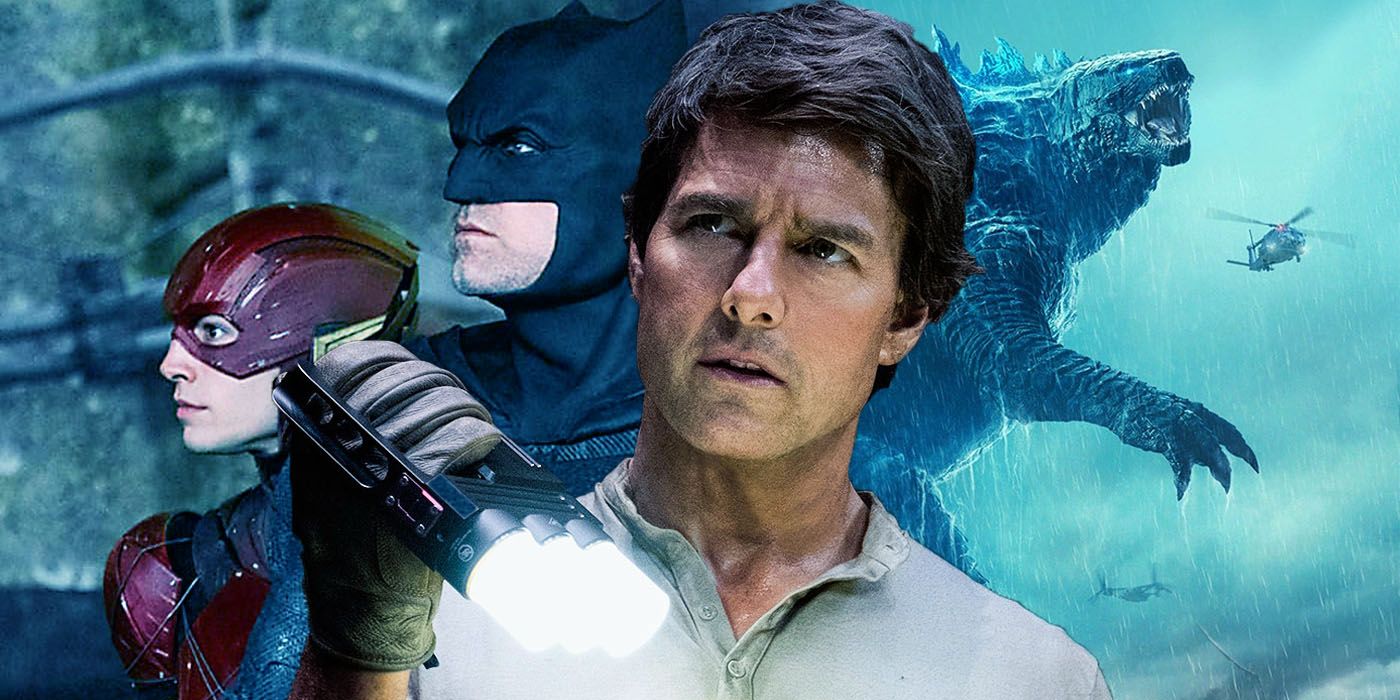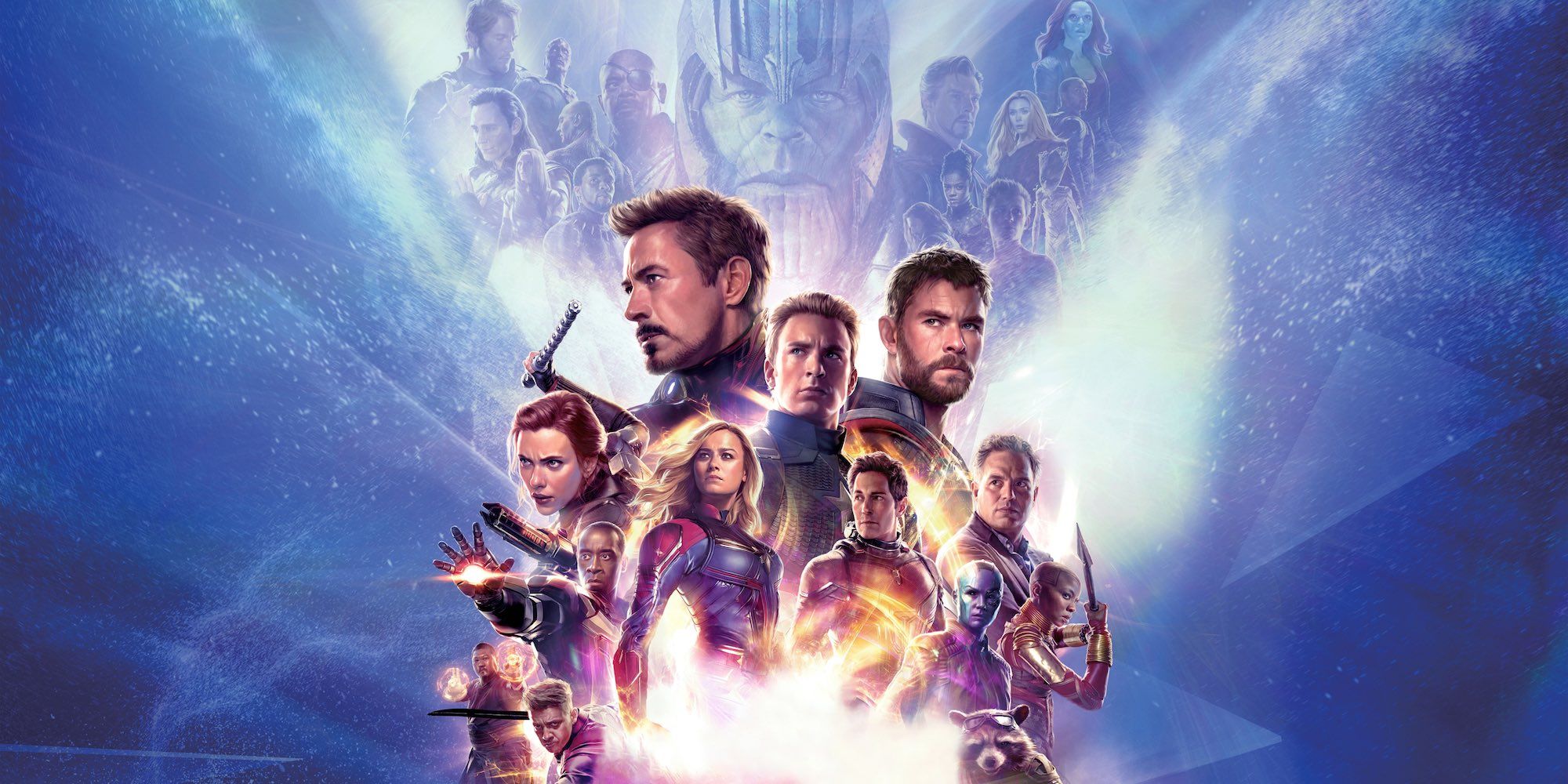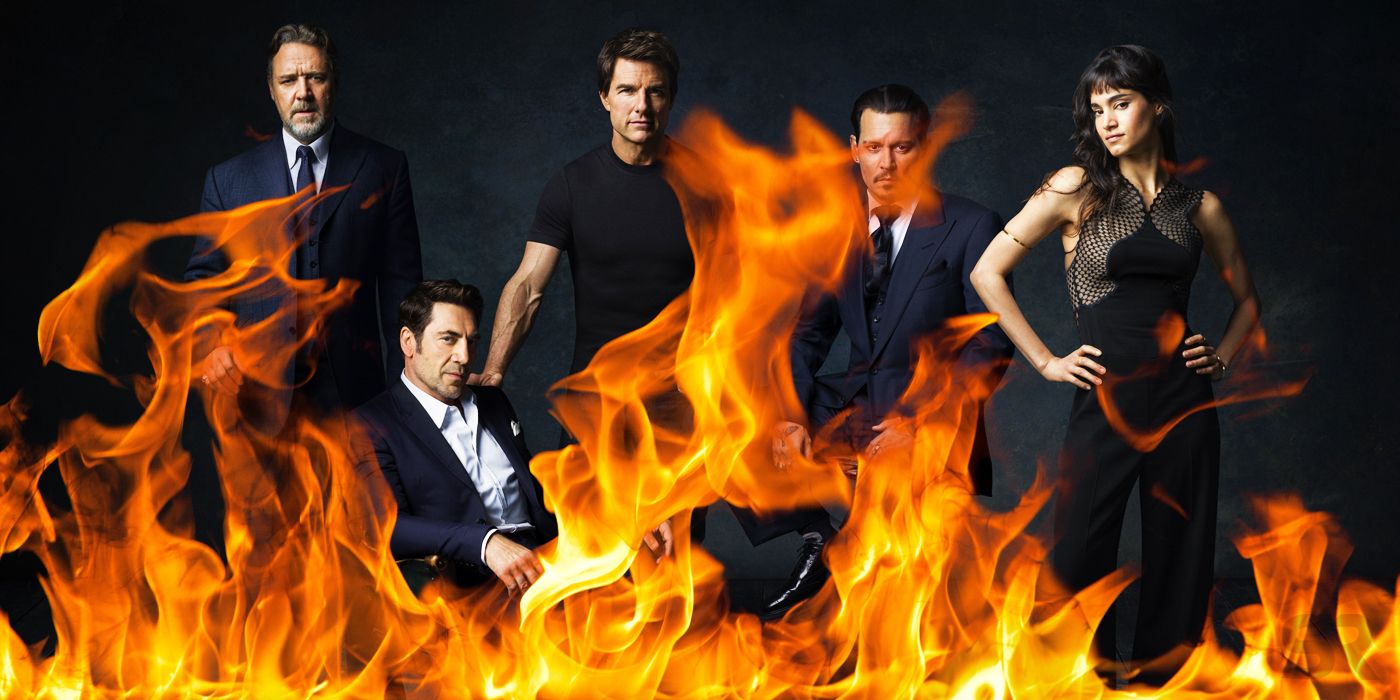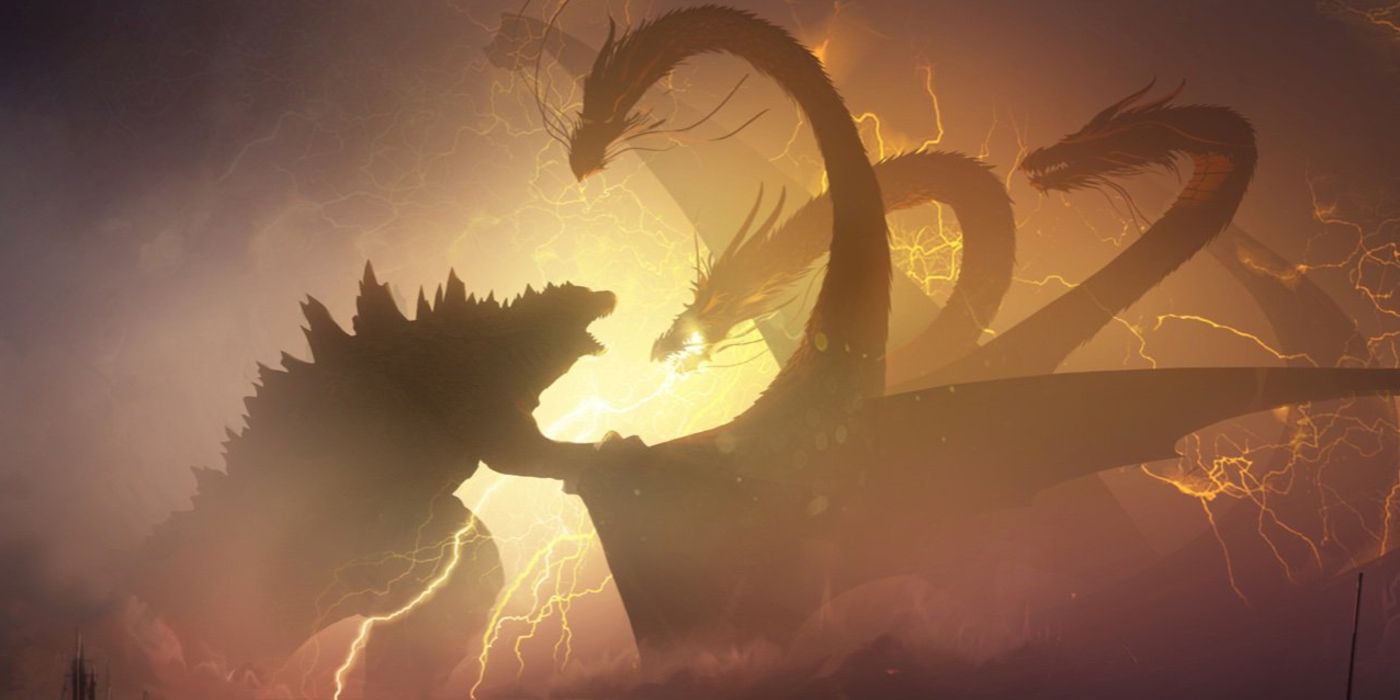Shared universes have defined blockbuster cinema in the 2010s, but most attempts failed to leave a truly indelible mark on audiences. For all the money Hollywood studios have pumped into these massive, ambitious projects, only a select few have survived fully intact. This is because, ultimately, the critical and commercial success of a cinematic universe is usually due to storytelling choices, marketing, and careful behind-the-scenes planning.
The Marvel Cinematic Universe has clearly paved the way for the current shared universe trend, and still dominates the field both at the box office and within critics' reviews. It's no mystery as to why other studios would seek to replicate the superhero franchise's impressive gains, but producers have time and again learned that it's difficult to strike gold more than once. For every Avengers movie that breaks box office records, there's a disappointing investment in another cinematic universe that never reaches the hopeful projections of a Hollywood executive.
The cinematic marketplace isn't random, though. There's a reason why not all attempts at a crossover franchise have succeeded as well as Marvel, give or take an Annabelle doll or some Fantastic Beasts. A closer look at the biggest bounties and busts in the world of cinematic universes will make clearer the strategies for forming a marketable and cohesive grand narrative out of separate films. This exploration will also reveal the missteps and misfortunes that can doom this type of franchise forever.
Shared Universes Became the 2010s' Biggest Trend
Audiences who stayed after the end credits for Iron Man all the way back in 2008 were treated to the birth of the modern shared universe. As Samuel L. Jackson's Nick Fury stepped out of the shadows to invite Robert Downey Jr.'s Tony Stark to the Avengers Initiative, a huge creative and financial risk was set into motion. Four years later in 2012, it paid off tremendously with Marvel Studios' The Avengers, a blockbuster tentpole that made over a billion dollars worldwide and became the third highest-grossing movie of all time. As future Avengers installments made even more money, Hollywood jumped on the shared-universe bandwagon.
Suddenly, cinematic universes became all the rage in the movie business. DC started its own franchise in 2013, a year after The Avengers proved the viability of superhero crossovers, beginning with Man of Steel. Superman was going to exist in the same world as Batman, Wonder Woman, and the rest of the Justice League. Warner Bros. also gave the horror genre its own shared universe the same year with The Conjuring movies and their spin-offs. Legendary's Godzilla introduced the MonsterVerse, an American version of Toho's beloved kaiju movies.
The continued financial success of these attempts at a shared universe prompted studios to build on pre-existing franchises, as well. Fox expanded the world of the X-Men movies, giving Wolverine and Deadpool solo outings. Warner Bros. also returned to the completed Harry Potter franchise, with the opening of the Fantastic Beasts films reminding audiences that they take place in the "Wizarding World." Simple sequels became rarer as the 2010s turned into the decade of the cinematic shared universe.
Reasons Why All Shared Universes Haven't Succeeded
Not all of these attempts have succeeded, however. Universal's Dark Universe notoriously died on impact when The Mummy was released in 2017 to critical and financial embarrassment. The venture was supposed to resurrect what was ironically cinema's first shared universe, the Universal classic monster movies, and bring the Golden Age creatures to action-packed, star-studded relevance. The Mummy was instead marred by generic action, poorly written dialogue, and, more than anything, a blatantly forced attempt to cash in on the shared universe trend.
Other shared universes couldn't hold on to previous hype, either. Although DC made a healthy profit from their earlier entries into the DC Extended Universe, the disappointing box office returns of Justice League made it clear that the enthusiasm for shared universes had started to peter out. Whereas Marvel spent years developing its world and allowed most of its major characters ample time in the spotlight, DC churned out Justice League on an infamously rushed production schedule and introduced characters that had never appeared in previous films beyond a quick reference.
This same issue became the bane of Hollywood's new crossover darlings. If studios weren't willing to put time into slowly building up anticipation for their new universes, their franchises were doomed to dissolve in the oversaturated market. Inflated costs are also a root cause of shared universe disaster. While the financially successful The Conjuring spin-offs typically have a much smaller budget than the main movies do, Justice League and The Mummy suffered dearly from bloated production costs. Even Godzilla bit off more than he could chew when King of the Monsters failed to reap in a comfortable profit. The King may have fought Ghidorah and Rodan, but he was unable to conquer his own giant-sized production and marketing budgets.
What Future Shared Universes Should Do
Shared universes aren't necessarily a fad of the 2010s, but the creative minds behind successful crossover franchise must consider that there is such a thing as pushing the concept too hard. Marvel meticulously planned the integration of its movies through careful storytelling, utilizing plot details from previous entries to construct an interconnected narrative that eventually paid off in the studio's larger crossover films. Infinity War and Endgame both made it feel necessary and rewarding to sit through about a decade of Marvel movies because they concluded story threads that had been building up over the years.
In contrast, movies like Justice League and Godzilla: King of the Monsters lack emotional weight because the films leading up to them are more focused on building anticipation for a crossover than they are planting the story seeds for future payoffs. Universal's marketing for its Dark Universe included a cast photo and a Danny Elfman-scored title sequence, but audiences need characters to get attached to and a story to create demand for the world first. Empty marketing is simply not enough. Movies like Fantastic Beasts and M. Night Shyamalan's Glass, although met with tepid reviews, at least had the advantage of pre-existing standalone movies to establish a lived-in world.
Studios must also plan out their budgets in the future in order to avoid the fallout from a failed shared universe attempt. The Conjuring universe is one of the most lucrative horror franchises ever, having made over a billion dollars over the course of seven years. It's no surprise, though, considering that the seven films in the franchise have, combined, cost over one hundred million dollars to make. Blumhouse also famously adheres to a low-cost plan, with the studio's recent standalone hit The Invisible Man inspiring fresh enthusiasm for Universal's classic monsters IP. Shared cinematic universes do, in fact, have a future — but studios must be patient and frugal with their ventures.




